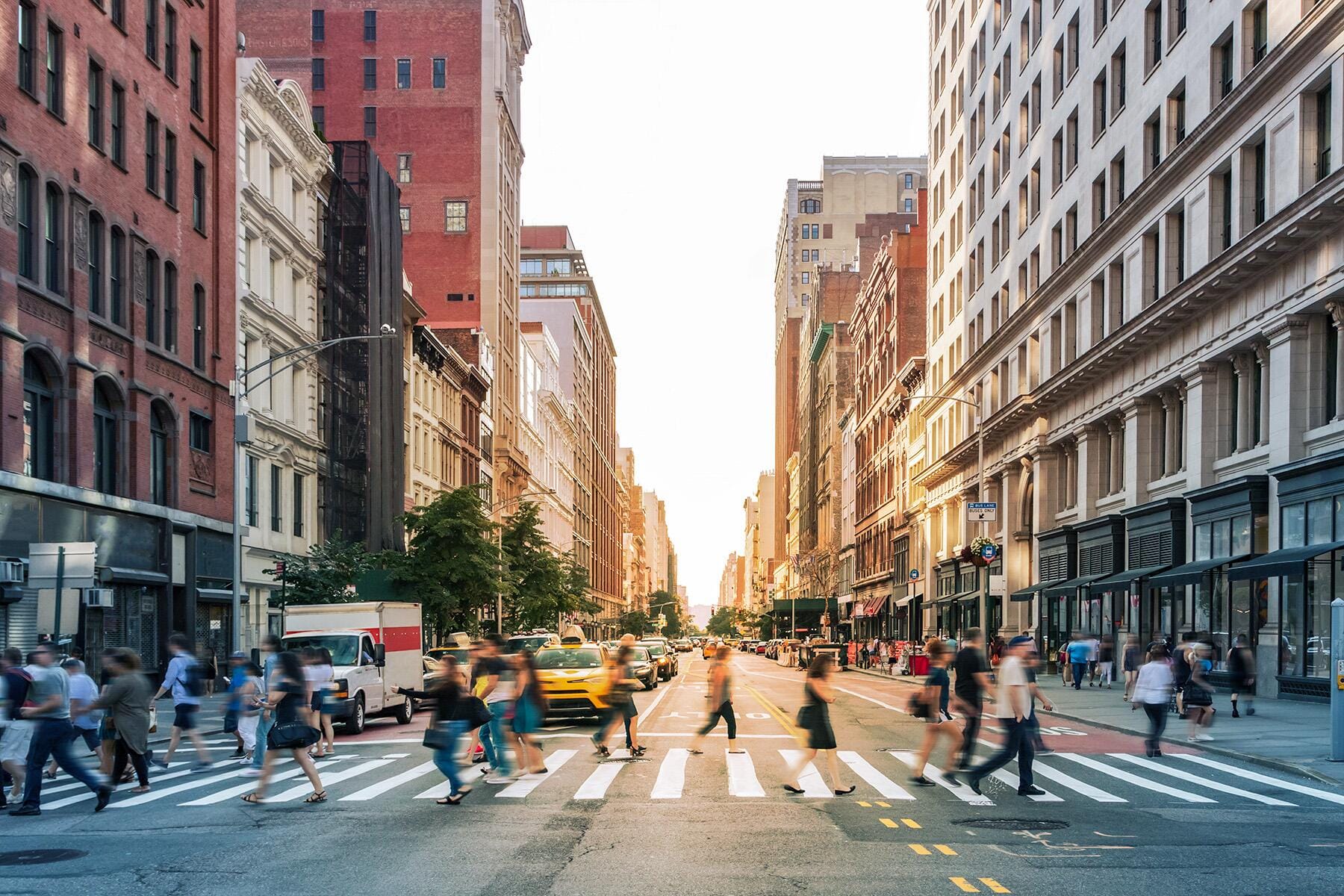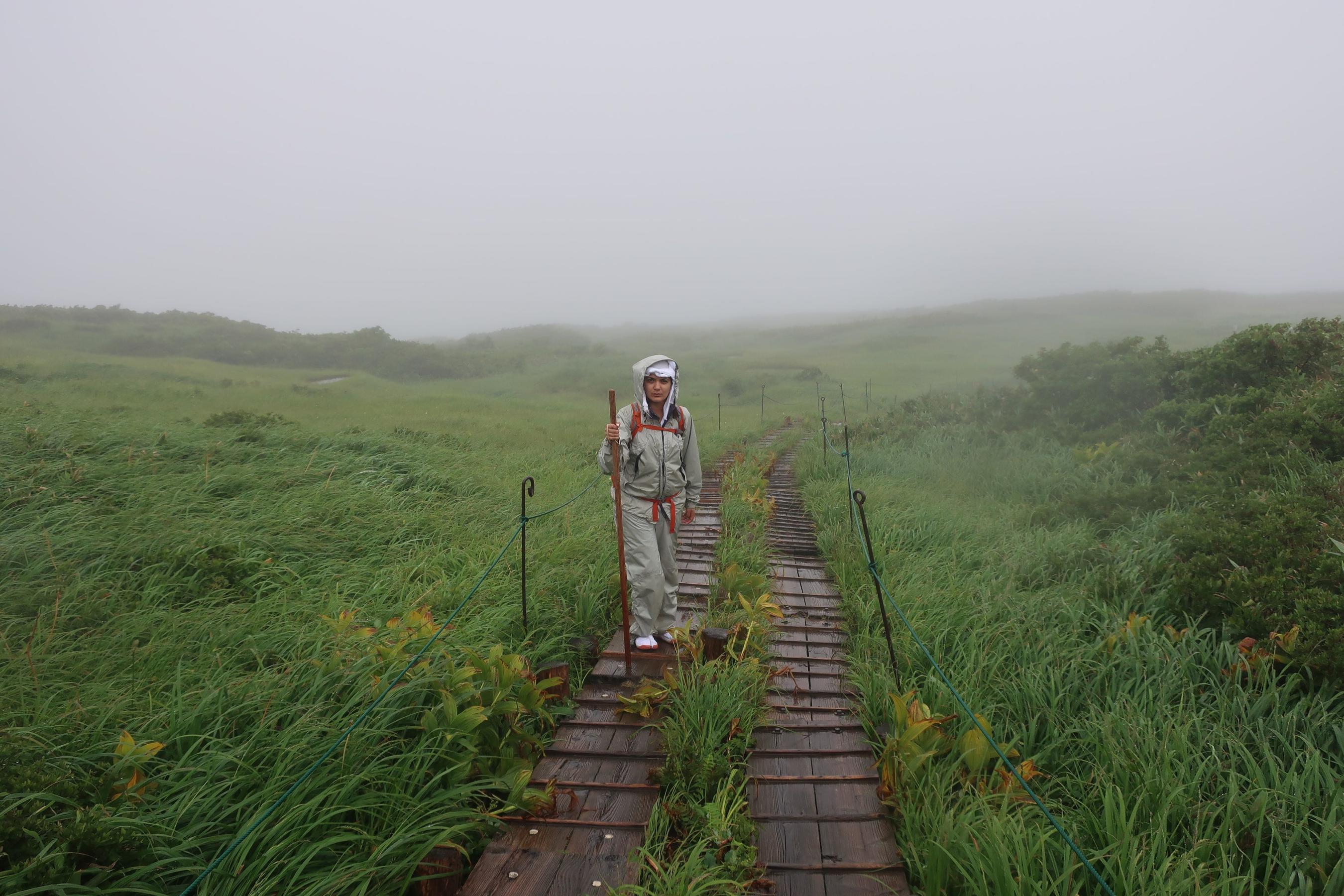Yamabushi are mountain warriors that are said to have supernatural powers trained in martial arts and survivor skills—here’s one traveler’s tale of training with the samurai.
The philosophy of Yamabushi involves reconnecting with yourself by letting go of human character and immersing in nature through meditative hiking. In today’s modern society where being a samurai means combating career, societal, and family pressures, many Japanese business men and women have found the practice to be effective in dealing with stress, and now international citizens can experience the same through a program offered by Megurun Inc. On my journey of self-discovery with Master Hoshino, a 13th generation Yamabushi, I was graciously allowed to photograph the program.




